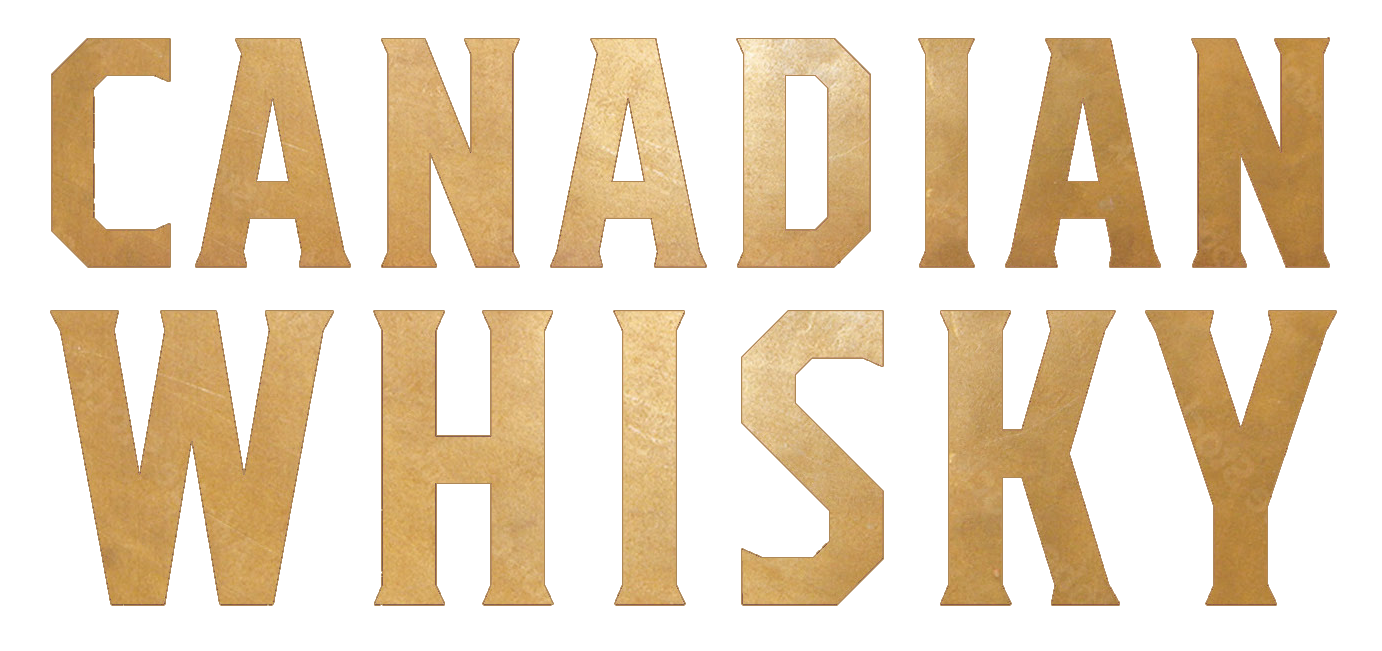Gibson's Finest aged 12 years (40% alc./vol.)
Crème brûlée, oak, cedar, spicy pepper, cloves, citric zest, black fruits, strawberries and cream. Masterfully balanced and seamlessly integrated. Rich & Oaky. ★★★★For decades, Gibson’s whiskies have been distilled, aged, blended, and bottled at the Schenley distillery in Valleyfield, Québec. But late in 2008, most of the blending and bottling moved to the Hiram Walker distillery in Windsor, Ontario. Still, the Gibson’s reputation is such that distillery employees in Valleyfield talk proudly of their past association with Gibson’s and at least one of them quietly squirreled away a stash of Valleyfield bottles when it was announced that production was about to be moved to Windsor. Meanwhile, workers at the Hiram Walker distillery exhibit similar pride at the coup of having snagged the Gibson’s contract.Knowledgeable whisky fans are equally impressed with Gibson’s Finest. Judging by internet chatter, Gibson’s 12 year old is one of the most sought-after treasures of American cross-border whisky shoppers. That’s right; for now, Gibson’s Finest whiskies are available only in Canada.The Schenley distillery in Valleyfield has a rich history. Just before the First World War began, Maple Leaf Brewery (at that time known as Gold Lion Brewery) set up business in an old biscuit factory in Valleyfield, changing ownership a number of times in the years that followed. In 1938 Quebec Distillers Company bought the old Maple Leaf Brewery and began producing industrial alcohol there in 1939. All through the Second World War this distillery was used to ferment potatoes, grain and molasses to make alcohol for industrial and military uses.The end of the war brought more change when U.S.-based Schenley Industries bought the distillery in 1945. Rather than update the facility, it built a brand new, state-of-the-art distillery on the site with deep roots in the history of Canadian distilling. By 1969 the new plant had distilled over 1 million barrels of spirit from Québec-grown corn and other local grains.In 1990, United Distillers, which was a subsidiary of Guinness, purchased the Schenley distillery. Then, in 1997, Guinness merged with another company to form Diageo. Two years later, Diageo sold the distillery, which it had re-named the Valleyfield Distillery, to Canandaigua Brands. But there was a condition to the sale. As part of the agreement Valleyfield would continue to produce distillate for Diageo. Whew! But that’s not all.In 2008, Canandaigua, (now operating under the name of Constellation Brands) decided to consolidate production at their plant in Lethbridge, Alberta. With this development, Diageo bought back the Valleyfield distillery and signaled its intention to use the plant exclusively to make distillate for VO and other Diageo whisky brands, along with several non-whisky spirits.But what about Gibson’s, the brand we started with? Gibson’s has its own history of acquisition and new ownership. The Gibson’s brand was purchased from Diageo by its current owner, William Grant and Sons, late in 2002. In 2009, when Gibson’s got squeezed out of its first Canadian home at Valleyfield, Grant contracted the production of Gibson’s whiskies to Hiram Walker, specifically to their Windsor distillery, where it is still made today.But there’s more to this distilled and blended history! It’s common knowledge that one of the benefits of making whisky by vatting an assortment of different specialty whiskies is that a shift in distilleries can be accommodated simply by adjusting the blending recipes – if that is even necessary. But remember, 12-year-old whisky doesn’t just appear overnight. Fortunately, Gibson’s had been laying down Valleyfield whisky in its own barrels for future use. So even though the whisky is now blended and bottled at the Hiram Walker plant in Windsor, Gibson’s still has plenty of Valleyfield-distilled whisky on hand to maintain the flavour profile.Nose: Dusty rye and fresh water start things off, most noticeably, even before you swirl the glass. An early fruitiness is soon displaced by aged oaky notes and red cedar. The wood does not overpower, but there is lots of it. Right after the first swirl: caramel custard, butterscotch, and hard candy take over before the fruit returns with SweetTarts, apple juice, hints of red cherry and black fruit, and then slowly, distinct strawberries and cream. Putting your nose deep into the glass brings little whiffs of spirit and something vaguely like sweet shellac. Strong suggestions of dry tobacco leaves followed by milder suggestions of dry grain impart greater depth to an already engaging nose.Palate: Sweet and silky, but with lots of bitter citric zest, fresh-cut wood, spicy white pepper and hints of tingly ginger ale. The woody notes are restrained but persistent, and although the pepper is hot with tinges of cinnamon and cloves, it integrates flawlessly with the wood and traces of burnt sugar. All this balances magically against an underlying citric bitterness and vaguely tannic orange pekoe tea. The most skilled blenders sign their work – the so-called ‘house style’ – but in invisible ink. A weighty body and creamy slightly slippery mouthfeel merge with toffee notes and burnt sugar to turn earlier impressions of caramel pudding to crème brûlée. Fresh fruit and inklings of rye spices including cloves and Christmas pudding round it out. And then there is just a touch of molasses, almost like dark rum.Finish: Medium long, hot and peppery, some sweetness, limes, crème brûlée fading to nothing while the pepper lingers.Empty Glass: Faint oaky tones, fresh-cut wood, burnt wood, vaguest caramel, prune juice, sultanas, Chinese plum sauce, ginger, and cloves.$27.00 at LCBO.Highly recommended. ★★★★Gibson's Finest 100th Grey Cup Limited Edition is reviewed here.Gibson's Finest Sterling Edition is reviewed here.Gibson's Finest Rare 18 year old reviewed here.Gibson's Finest Rare Bourbon Cask reviewed here.

